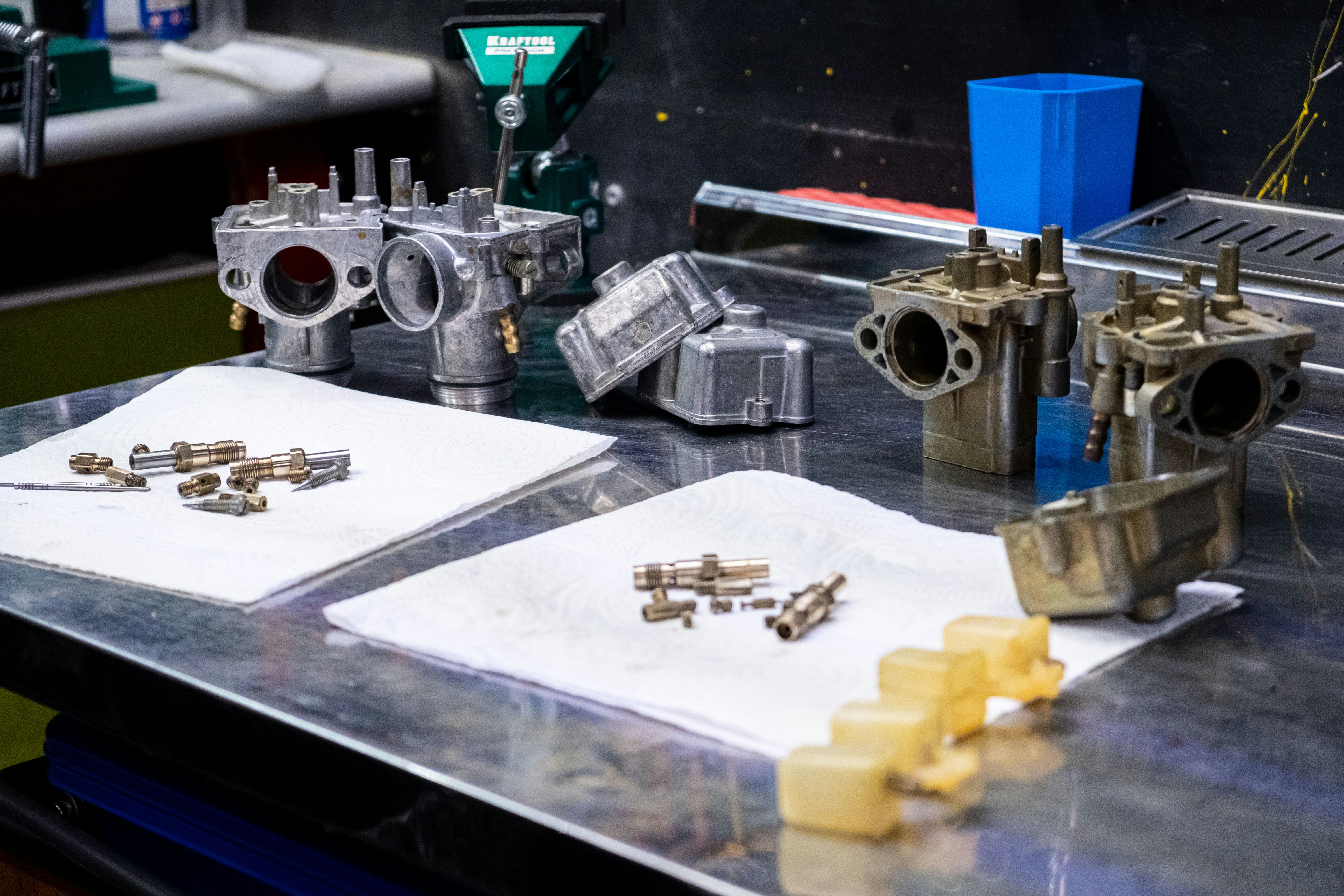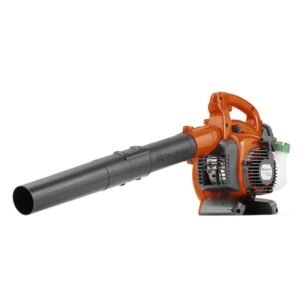Understanding Workbench Height: Finding Your Perfect Fit
When selecting a workbench, one of the most critical factors to consider is the height, as it can significantly influence both your productivity and physical well-being. An ergonomically designed workbench helps to reduce strain on your body, thereby enhancing comfort during prolonged tasks. In the Midwest, where various crafts, repairs, and DIY projects are common, understanding the nuances of workbench height becomes essential.
The ideal workbench height is subjective and can vary based on the user’s height, the specific tasks being performed, and the working posture required. A workbench that is too low may lead to back strain and fatigue, while one that is excessively high can cause shoulder and neck discomfort. It is generally recommended that the workbench height be set between waist and elbow level for most standing tasks.
To find your perfect workbench height, start by measuring your own height. For individuals between 5’4” and 5’10”, a standard height of 36 inches might suffice for general tasks such as woodworking or assembly. For users who are taller, a height adjustment up to 40 inches is advisable. Moreover, consider the types of projects you will frequently undertake. If tasks require sitting, you may want a work surface that accommodates your seated posture.
When setting up your workspace, best practices for maintaining a comfortable posture should not be overlooked. Use anti-fatigue mats to alleviate strain during extended periods of standing. Additionally, keep frequently used tools within easy reach to minimize unnecessary bending or stretching. Ultimately, a thoughtfully chosen workbench height significantly enhances efficiency, safety, and comfort, leading to a more enjoyable and productive experience in the workshop.
Storage Solutions: Maximizing Your Workbench Efficiency
The efficiency of a workbench is significantly influenced by the storage solutions incorporated into its design. For craftsmen in the Midwest, where climate fluctuations can affect materials and workspace organization, maximizing storage not only enhances productivity but also protects tools and materials.
One common feature found in many workbenches is drawers. Drawers provide a concealed storage option that keeps tools and materials organized and protected from dust and moisture. They can be customized in various sizes to accommodate both larger power tools and smaller hand tools. However, it is crucial to ensure that the drawers glide smoothly and are weight-rated for the tools they hold. Conversely, the limited visibility can be a drawback, making it difficult to find tools quickly without opening multiple drawers.
Shelves represent another versatile storage alternative. Open shelving allows for easy access to frequently used items, fostering a more efficient workflow. Additionally, they can be adjusted to accommodate changing storage needs, making them a flexible choice for Midwest craftsmen who may need to store varying materials based on their projects. However, items on shelves are subject to debris and moisture, particularly in a workshop that may not be climate-controlled, which is a consideration for craftsmen in the region.
Pegboards and bins present further opportunities for organization. Pegboards facilitate vertical space usage, allowing tools to be hung and easily accessible. This promotes a neat and orderly workspace, enhancing efficiency. Bins, on the other hand, are excellent for storing small parts and accessories, making it quick to locate items. Both solutions require thoughtful placement to ensure they are within reach while maintaining a safe and open workspace.
Incorporating a combination of these storage solutions tailored to individual workflows can yield significant benefits. By evaluating personal storage needs and the dynamics of the workspace, craftsmen in the Midwest can create an organized environment that maximizes workbench efficiency.
Essential Features: What to Look for in a Workbench
Choosing the right workbench is crucial for both hobbyists and professionals, particularly in the Midwest, where the climate can significantly affect the materials and construction of a workbench. One of the primary decisions revolves around the material from which the workbench is made. Wooden workbenches are known for their durability and natural resistance to scratches, making them suitable for various tasks. They also offer a warm aesthetic that many find appealing. On the other hand, metal workbenches are often preferred for their strength and longevity. They’re more resistant to moisture and are less likely to warp in humid conditions, making them a solid choice for the Midwest’s variable weather.
Surface durability is another critical factor to consider. A work surface that can withstand heavy use while remaining functional is necessary. Laminated surfaces tend to provide a balance of toughness and ease of maintenance, while hardwood tops can resist dents and scratches effectively. Additionally, the weight capacity of a workbench cannot be overlooked. For those dealing with heavier tools or materials, it is essential to select a workbench that can handle the load without compromising stability.
Mobility options also play a significant role in a workbench’s practicality. Workbenches with locking wheels provide flexibility, allowing users to move the bench for convenience or storage, especially in smaller workspaces. Additional features such as integrated vices, electrical outlets, and adjustable heights further enhance the functionality of a workbench, enabling versatility across different tasks. For Midwest enthusiasts and professionals, these features are tailored to meet specific needs, ensuring that the workbench is not only durable but also highly functional, accommodating a range of projects regardless of the season.
Choosing the Right Workbench for Your Space: Tips and Considerations
When selecting a workbench, it is imperative to consider your specific workspace dimensions, layout, and existing furniture. Begin by measuring the available area where the workbench will be placed. Understanding the room’s dimensions assists in determining the appropriate size and shape of the workbench to avoid overcrowding or underutilization of the space. Take note of any obstacles such as doors, windows, or support beams that may limit movement or accessibility around the workbench.
Next, evaluate your current work setup and other furnishings. A workbench should complement existing elements rather than clash with them. Consider the aesthetics and functionalities of both the workbench and the surrounding decor. Opting for materials that harmonize with your space, such as wood, metal, or composite finishes, can create a cohesive and inviting atmosphere.
Assessing user needs is crucial in the selection process. Think about the primary tasks you will perform on the workbench. Are you engaged in woodworking, electronics, or crafting? Each activity has unique requirements regarding surface area, tool storage, and support mechanisms. Create a list of must-have features such as adjustable height, integrated storage solutions, or power outlets. Furthermore, establishing a budget is essential to guide your choices. Determine how much you are willing to spend on either purchasing or building a workbench while considering the long-term investment it represents.
Finally, consider whether to buy or build the workbench. Purchasing offers convenience and a range of options, while building allows for customization tailored to your specific needs. Regardless of your choice, use the following checklist to streamline the selection process: assess available space, list desired features, evaluate budget constraints, and weigh the pros and cons of buying versus building. In essence, this thorough plan helps ensure your workbench meets your workspace’s functional and aesthetic needs.
If you’re interested in purchasing the item you seek, please click the link for additional details: #americanachoice.
https://amzn.to/3SBN3Oy
AFFILIATE DISCLOSURE: I am an affiliate for this company, I am not a paid employee.
I may receive a commission if you click a link on this page and choose to purchase something.
You can rest assured I will only share things I believe in and will be valuable to you.



